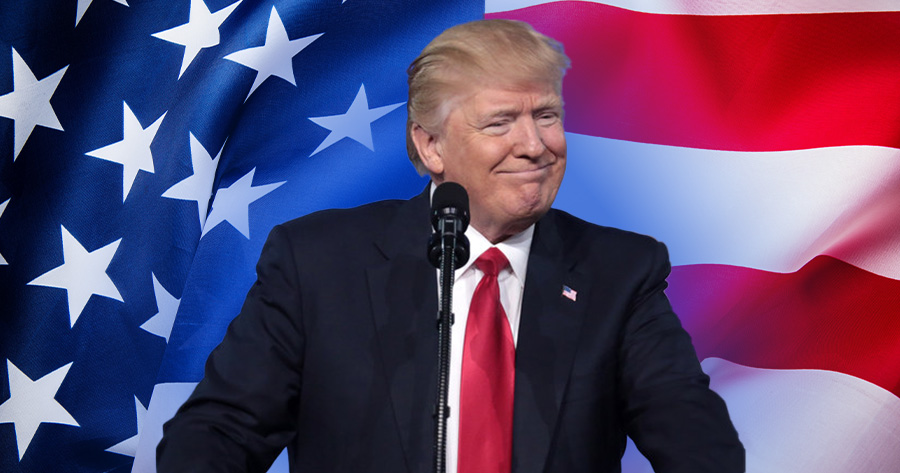Amid the fallout from the U.S. President Donald Trump unveiling his so-called “Reciprocal” tariffs on April 2, 2025, many countries affected by the new tax voiced either concerns or disapproval of U.S. protectionist action, and some started calling out the vague and arbitrary nature of these levies.
Trump said that reciprocal tariffs will “do to them as they do to us,” matching U.S. import taxes to the same level as its counterparts, while accounting for non-tariff barriers like value added taxes, currency manipulation, and other import restrictions.
He claimed that the duty would bring the American manufacturer back, boosting domestic production and employment, and level the playing field by imposing additional shipping costs to countries with high tariffs on U.S. goods.
However, Trump’s “Reciprocal“ tariffs has nothing to do with tit-for-tat tax strategies. As suggested by journalist James Surowiecki post on X, and later confirmed by the Office of the U.S. Trade Representative (USTR) that Trump’s reciprocal tariffs were calculated by dividing a country’s trade deficit with its exports to the U.S., the figure would then be made into a percentage figure and divided by half.
For example, Thailand’s $45.6 billion trade deficit, based on USTR, was divided by its export values of $63.3 billion, then multiplied by 100 to turn the number into a percentage at 72% and cut it in half, and the so-called “Reciprocal” tariffs on Thailand will be 36%, which later got rounded-up to 37%.
As seen in the example, there is no difference in tariffs or trading measures used in the calculation that comes up with 37% for Thailand.
Mike O’Rourke, chief marketing strategist at Jones Trading wrote in a note that Trump’s new tariff is not an actual reciprocal tariff, but rather a tax targeting trade surpluses.
USTR wrote that reciprocal tariffs are calculated as the tariff rate necessary to balance bilateral trade deficits between the U.S. and each of its trading partners.
In trading, a reciprocal tariff is known as a duty or trade restriction that one country places on another in response to a similar tariff imposed by that country. It is a product-by-product tariff.
Countries on the upstream of U.S. companies supply chain will be affected the most, and it will likely sow chaos on the profit margin of many multinational companies, whose logistics rely on global trade, O’Rourke added.
Poor countries in Africa and Southeast Asia are also receiving the brunt of Trump’s new tariff, as these country’s economies rely on exports to the U.S., and are unlikely to close the trade gap due to lack of purchasing power.
India and Vietnam are among countries that put in efforts to match surplus with the U.S. However, actions made this year are overlooked as this political-influenced tariff is based on trading data in 2024.
Trump continuously said that additional duties from this imposition will be paid by the exporters, which is not the reality of trading practice. It is evident that the cost of tariff will be passed on to U.S. consumers in a way of drastic increase in cost of goods.
Countries affected by the duty will likely devise their own retaliatory measures against the U.S. after seeing this dubious calculation that the Trump administration comes up with. This could exacerbate the already ongoing economic downturn.
Across the pond, France has suspended their investment plan in the U.S., and the European Union promised countermeasures if negotiation failed, while shifting its rearm effort to non-U.S. destinations. China condemned the measure and also vowed retaliation immediately if the tariff is not cancelled.
However, some countries like Japan, South Korea, Mexico, India and Thailand choose to pursue concession over retribution.





